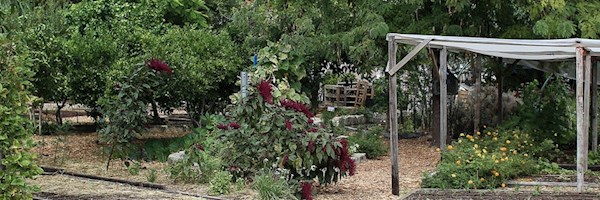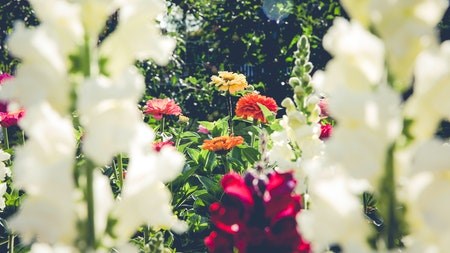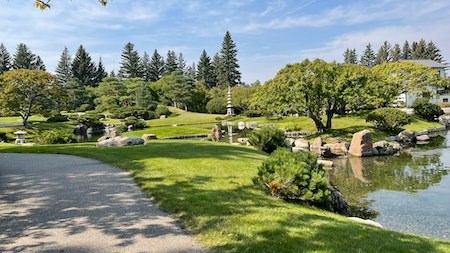Aloes include a wide range of succulents that occur naturally, mainly in Africa and Madagascar. About 125 different species are indigenous to South Africa, and many garden hybrids have been created to perform well in gardens throughout the country.
Their colourful nectar-rich flowers attract birds and insects to the garden. They are available in various textures, sizes, shapes and flowers, and the variety continually increases as more hybrids are introduced.
Aloes are generally drought hardy and easy to grow in most climates. However, some are more tolerant of frost or cold than others, so if you live in one of the cooler regions of the country, it's essential to select the types that thrive in colder conditions. Similarly, not all aloes can withstand prolonged wet conditions.
Uses
Aloes are versatile and waterwise plants that deserve a place in every garden.
- Create an aloe garden with various types of aloe or combined with other succulents.
- Specimens with imposing shapes make excellent feature plants.
- They are ideal for rock gardens and on hot, dry banks.
- Many endemic species are indispensable in indigenous-only gardens.
- They make good specimen plants in large and small containers.
- They combine well with cycads or proteas interspersed with ornamental grass.
Planting
Aloes love the sun, so be sure to choose a sunny spot to help them perform at their best.
- To prepare the soil, dig over deeply to a depth of 500mm.
- Leave any rocks, stones or builder's rubble buried in the soil to assist with drainage.
- Add some river sand to improve the drainage in clay soils.
- Add a layer of compost and bone meal mixture to the top of the prepared soil and dig in well.
- Rake soil to the desired contours and levels.
- Place rocks, driftwood or pavers in position before planting.
First, plant the largest feature plants, then fill in around them with smaller aloes or other companion plants like succulents and drought-resistant groundcovers.
- Holes must be dug large enough to accommodate the root ball of each individual aloe.
- Place the aloe in the planting hole at the correct depth and ensure it is facing the right way.
- Fill in around the root ball and firmly compact the soil so that there are no air pockets around the roots.
- Level the soil around the plant, and then plant the next aloe.
- Water thoroughly once all the plants are in position.
Care
Most aloes don't need much water but will benefit from supplementary watering during extended dry periods.
Aloes growing in pots under roof overhangs should be watered every two to three weeks as they may not get enough moisture from the rain.
Stake tall aloes to prevent wind damage while they are establishing themselves.
Climbing and shrubby aloes may need to be pruned if they overwhelm surrounding plants.
Mulch the aloe garden surface with gravel, small rocks or pebbles.
Apply organic 3:1:5 granular fertiliser in spring and summer.
Problems
Although aloes are very hardy plants, they do attract some pests and diseases that need to be identified and controlled.
- White scale are tiny insects found in rows on the leaf surfaces, where they suck the sap and retard plant growth. They can be treated with a suitable insecticide, or try nasturtium spray if you prefer a natural remedy.
- Aloe rust is a fungus that causes black spots on the upper and lower surfaces of leaves. Treat with fungicide or wormwood spray for a natural remedy.
- Snout beetles tunnel into the aloe's crown to lay eggs that hatch as white larvae and eat the inside of the plant, causing it to collapse. This can be treated with a systemic insecticide.
- Aloe cancer or galls distort growth in leaves and flower buds. The problem is caused by an infestation of aloe mites that live in the plant tissue and leaf surface. Treat with suitable insecticides and miticides or a combination of the two. Be sure to cut off infected parts of the plant and burn them, so the infestation doesn’t spread to other plants.
Always buy all plants from a reputable local nursery and choose hybrids and species that can endure the environmental conditions in your region.
Writer : Sarah-Jane Meyer







